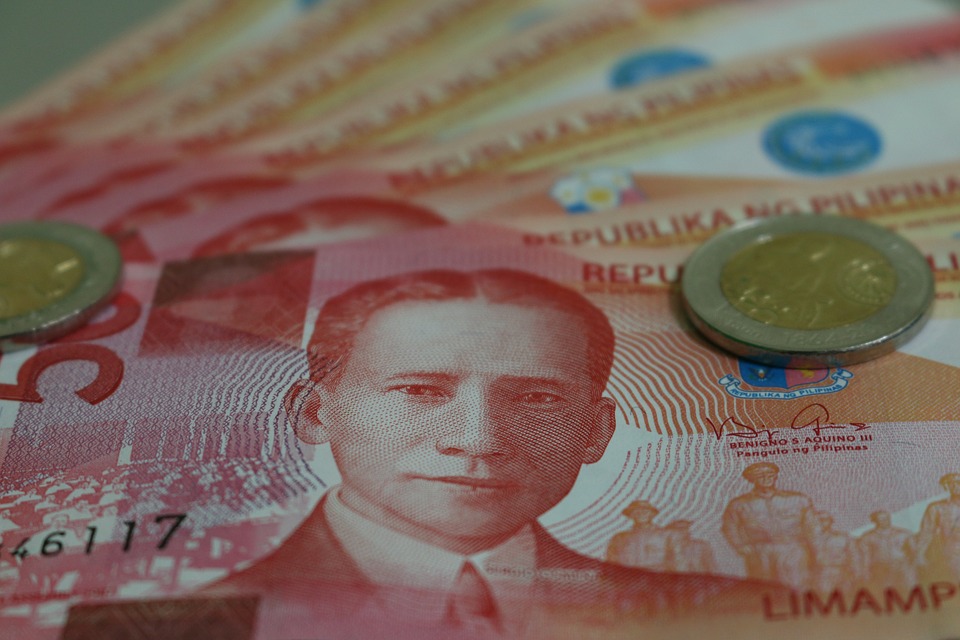
The peso is currently trading at the 48-level against the greenback, about the same level where it was in late 2016. (Pixabay photo)
MANILA – The reversal in the Philippines’ current account balance on account of import weakness is expected to continue boosting the local currency, which is among the strongest in the region to date.
In a report on Tuesday, ING Bank senior economist Nicholas Mapa attributed this performance to the reversal in the country’s current account balance, which is now back in surplus due to weak imports.
The peso is currently trading at the 48-level against the greenback, about the same level where it was in late 2016.
It has strengthened by about 4.5 percent since the start of the year.
“Congressman (Joey) Salceda rightly attributed the currency’s outperformance to the lack of import demand, reflecting poor investment outlays and a deterioration in the country’s potential output.
With the economy now in recession, GDP (gross domestic product) levels have returned to 2016 levels, with the pandemic wiping out much of the gains made in the past few years,” Mapa said.
Growth, as measured by gross domestic product (GDP), contracted by 0.7 percent in the first quarter this year and by 16.5 percent in the next three months due to the impact of the movement restrictions put in place to prevent the further spread of the coronavirus disease 2019 (Covid-19).
Economic managers’ GDP target for this year is a contraction of 5.5 percent but they target a growth recovery of between 6.5 percent and 7.5 percent next year.
“With the pandemic setting the economy back roughly three years, import demand likewise reflects 2016 levels and an economy now in flux,” Mapa said.
He said the local currency is now trading at about 48.46, which is near its 48.50 level in October 2016 when the trade deficit was at roughly USD2.1 billion compared to 2020 trade deficits of USD1.8 billion.
“With the outlook for overall economic activity to remain subdued (National Economic and Development Authority reported a likely contraction in the third quarter), import demand will likewise remain on the downtrend, which would likely reflect in the exchange rate as well,” Mapa added.






















